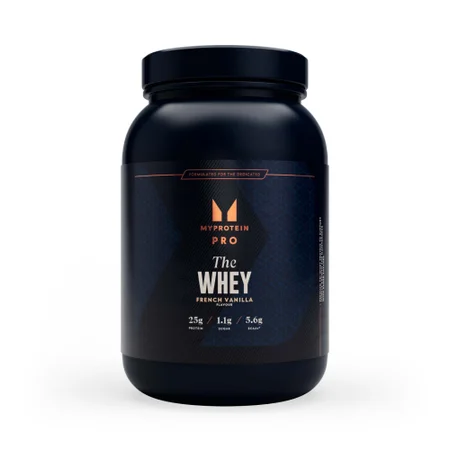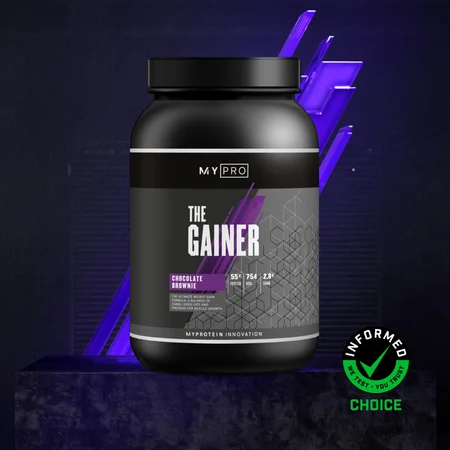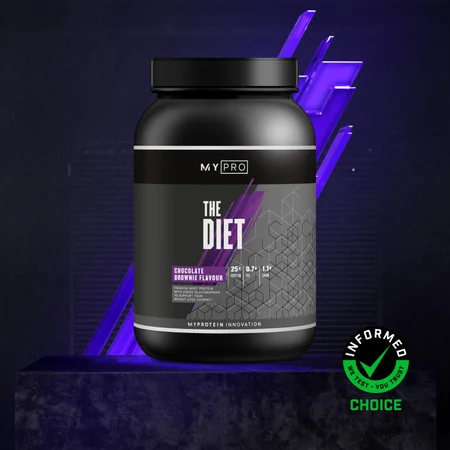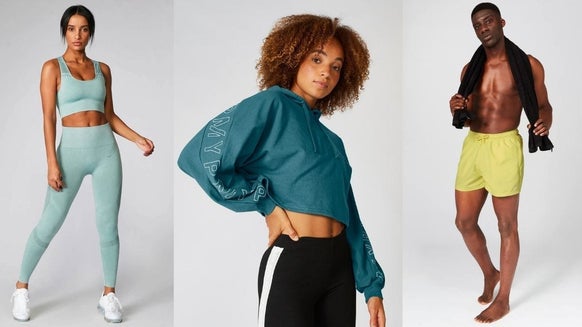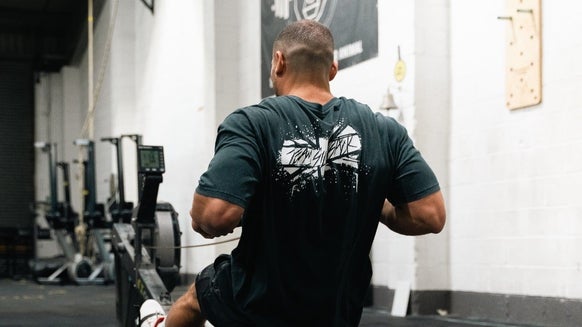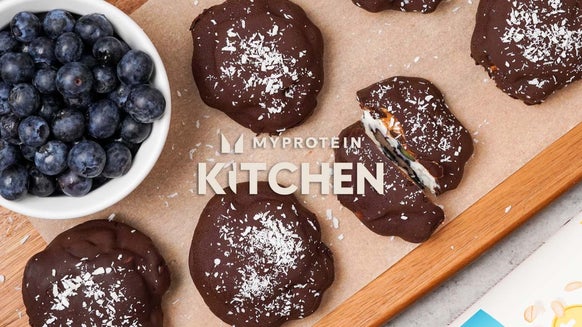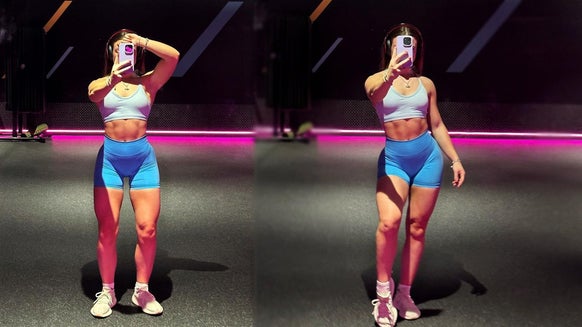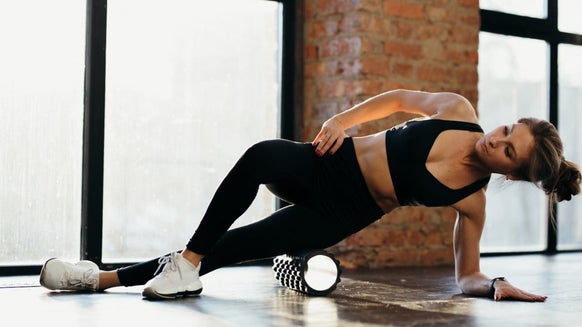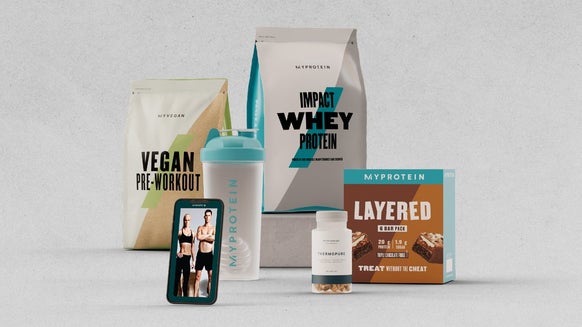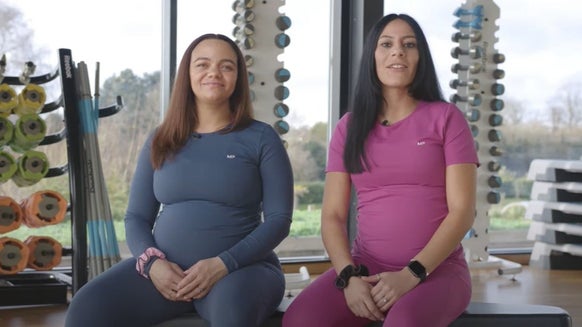Full-Body Calisthenics Workout Plan To Do Anywhere

What Is Calisthenics?
If you’re new to the game, calisthenics is an exercise that focuses on improved movement, fitness and strength. Some hail it as the lifestyle and fitness choice that doesn’t require a gym membership. You can do it anywhere, anytime and it doesn’t require equipment, benches or a weights rack. Whereas there is much debate over bodyweight workouts burning more calories than others, it is fair to say that it can be more suited to functional strength than the likes of weights machines.

Benefits of Calisthenics
Calisthenics means both a cardio and resistance training session. Its advantages include:
- More flexibility than weight training in both convenience and movement;
- Time efficiency; you won’t need to travel or wait to workout in a packed gym;
- Greater affordability; handy if you’re on a budget;
- Good practice for beginners. If you’re trying to get into weightlifting, being able to lift your own bodyweight is an excellent place to start.
Calisthenics is great for building strength, but not to the same extent as weightlifting. It is more progressive than weightlifting and revolves around increasing the level of tension on your muscle fibres. When trying to build mass muscle, this is most effectively done by gradually increasing the amount of weight you are lifting. With calisthenics there is a plateau when it comes to building. But before you go assuming this makes it a lesser way of working out, you may want to try our full body workout plan first.
Calisthenics Exercises
This is where, compared to weight lifting and machines, the sky’s the limit. Some of the classics you may already know include:
Push ups in their many forms, including pike and handstand variations - Bench Dips
Chin up/ pull up Squats, including body weight, jump, shrimp and pistol squats - Lunges
Russian LegCurl - Burpees
- Hanging Leg Raise
- Bicycle Crunch
- Plank

Full-Body Calisthenics Workout Plans
Workout sessions are a matter of evolution, so whereas you wouldn’t expect to do the same number of reps as someone who’s a pro, you can do the same number of sets and work at your own speed.
Workout 1
Upper Body and Abs Focus 3 x pushups (vary the type of pushup as your progress to hit different muscles) 3 x dips 3 x chin ups 3 x abs exercises (hanging leg raises, planks, crunches
Workout 2
Lower Body and Cardio Focus 3 x bodyweight squat 3 x other types of squat 3 x lunge walks 3 x burpee
For workouts 3 and 4, repeat 1 or 2, but use a different version of each. For example, jump squats instead of bodyweight squats. If this was a weights workout, the bigger picture would see you increase the amount of weight that you lift. Your focus here should be increasing your number of reps and reducing the amount of time you rest between sets. Don’t overdo it to begin, but aim to do reps until you begin to feel like your muscles are failing. The technique is paramount, so don’t rush these at the expense of doing them properly. Emphasising a full range rep will ensure you hit the most muscle fibres, leaving nothing to chance.

